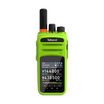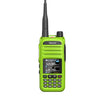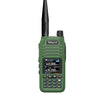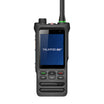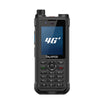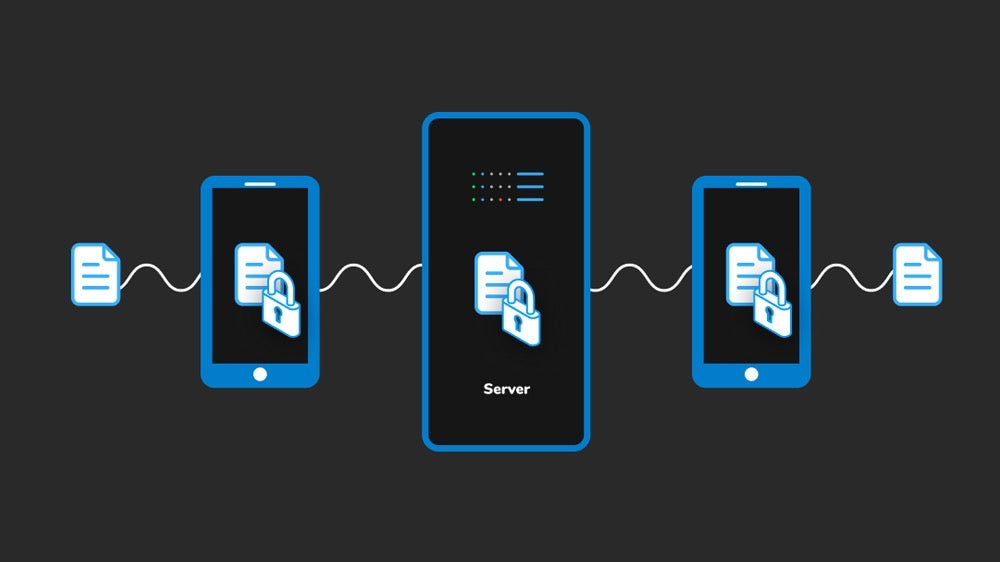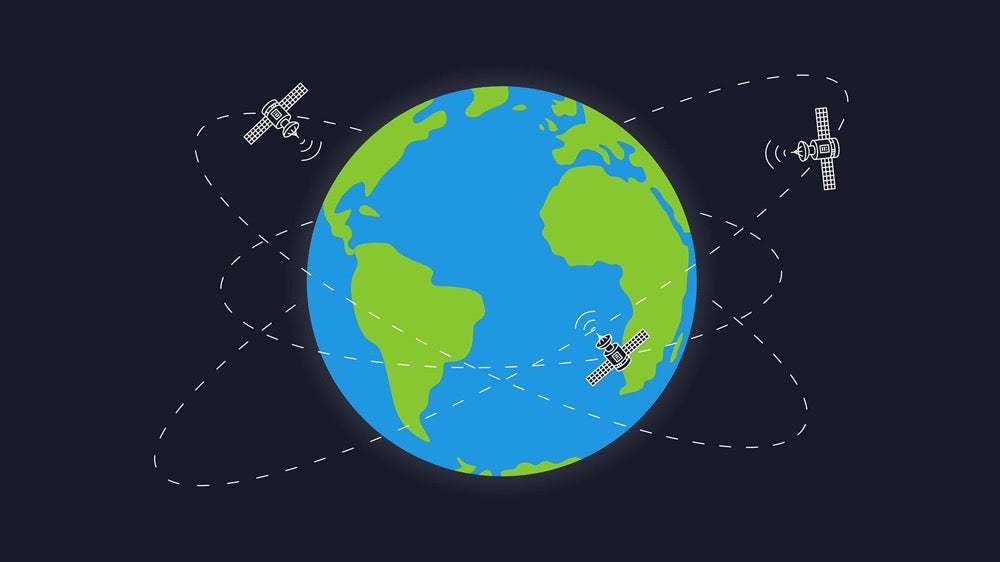End-to-end encryption (E2EE) is a method of securing data that ensures only the communicating users can access and read the messages. In the realm of digital communication, especially with radios, E2EE plays a crucial role in safeguarding sensitive information.
Understanding E2EE
E2EE works by encrypting the data (voice or text) at the source device and keeping it encrypted throughout its journey across networks until it reaches the intended recipient's device, where it is finally decrypted. This process ensures that the information remains confidential and tamper-proof, even if intercepted during transmission.
The Significance of E2EE in Radio Communication
In critical communication scenarios, such as military operations, emergency services, or corporate settings, the privacy and security of the transmitted information are paramount. E2EE ensures that only authorized devices with the correct decryption keys can access the actual content, making it an essential feature for secure radio communication systems.
The Technical Backbone
At the heart of E2EE is the use of robust encryption algorithms. These algorithms transform the readable data into an unreadable format unless decrypted with the correct key. The strength of the encryption depends on the complexity of the algorithm and the length of the keys used.
Advantages of E2EE
- Privacy Assurance: E2EE provides a high level of privacy by ensuring that the content of the communication cannot be accessed by anyone other than the intended recipients.
- Data Integrity: It guarantees that the information sent is not tampered with or altered during transmission, maintaining the integrity of the data.
- Trust Enhancement: For businesses and organizations, E2EE helps in building trust with clients and stakeholders, ensuring that their communications are secure from eavesdropping or breaches.
Implementing E2EE in Radio Systems
To implement E2EE in radio systems, both hardware and software components need to support encryption capabilities. This often requires integrating advanced digital signal processors (DSPs) that can handle the encryption and decryption processes efficiently.
Conclusion
In today's digital age, where data breaches and cyber threats are increasingly common, end-to-end encryption stands as a critical defense mechanism. For radio communication systems, E2EE not only enhances security but also reinforces the reliability and trustworthiness of the communication network. As technology evolves, the adoption of E2EE will continue to be vital for ensuring the confidentiality and security of digital communications.





